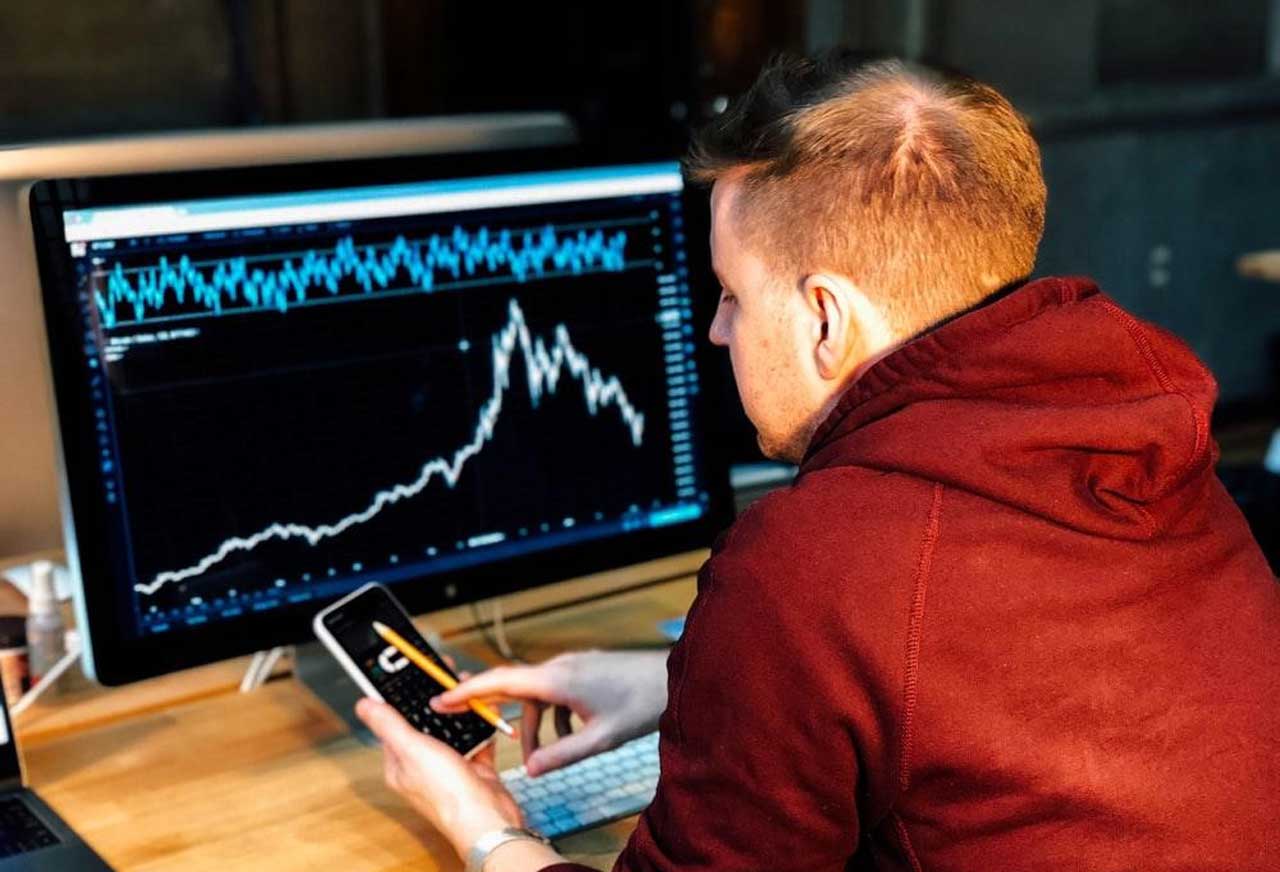As online trading is still an activity involving risk, learning how to manage it remains one of the top concerns for traders. Especially when it comes to CFD trading, traders should be increasingly careful, since there are several different instruments designed to help them take advantage of short-term price movements.
Timing the market correctly at all times is not possible, regardless of expertise, which is why traders should learn how to cope with small losses and let their profits run. It is easier said than done, but still possible, and a good start would be to follow the advice we give here.
Alt-text: managing risk when trading CFDs
Source: https://unsplash.com/photos/NDfqqq_7QWM
#1 Diversification during a time of uncertainty
The new Omicron variant, diminishing fiscal stimulus, and topping economic activity make analysts expect more uncertainty down the road. It’s difficult to predict which assets will outperform and traders should have a diversified portfolio of assets, tracking them every day for new trade opportunities.
Keep in mind that, especially for beginners, keeping a short asset list is recommended, as well as sticking with that list until consistency is achieved. Only then can the portfolio be gradually expanded. FX, stocks, commodities, or indices are all appropriate for CFD trading, as each has a different risk profile.
#2 Using stop loss for every trade
One of the best ways to limit the downside is still using a stop loss tool. Volatility spikes and sudden unexpected market moves are generally hurting retail traders since they need to adapt quickly to changing circumstances.
Getting past such occurrences without psychological damage is difficult and that is why traders need to remain humble and understand that anything can happen in the market, but still still keep a stop loss in place, in case forecasts don’t materialize.
#3 Monitoring accuracy, risk/reward and other metrics
Risk management is a process involving numbers and should exclude any type of emotional involvement. Professional retail traders focus on metrics such as accuracy (the percentage of winning trades), risk/reward (the ratio between stop loss and take profit), and even risk of ruin in some cases (a mathematical formula showing the probability of losing all money based on the prior-mentioned variables).
Knee-jerk emotional reactions are responsible for discretionary trading and excessive risk-taking. A financial loss might be a painful experience in the case of beginners, but they need to understand this is part of the game and nobody can win all the time in the markets.
#4 Managing risk is a flexible activity
A flexible approach is necessary when managing risk, since changing market dynamics can prompt traders to adjust their strategies. Maybe sometimes, for example, the stop loss needs a few adjustments, or in case accuracy drops, traders should aim for a larger take profit.
Considering all of the advice given here, along with other professional tips, can help traders manage risk with professionalism and navigate through uncertain markets. They might not anticipate all price moves, but when they do, it is much more effective by keeping risk under control, while also maximizing potential returns.






































